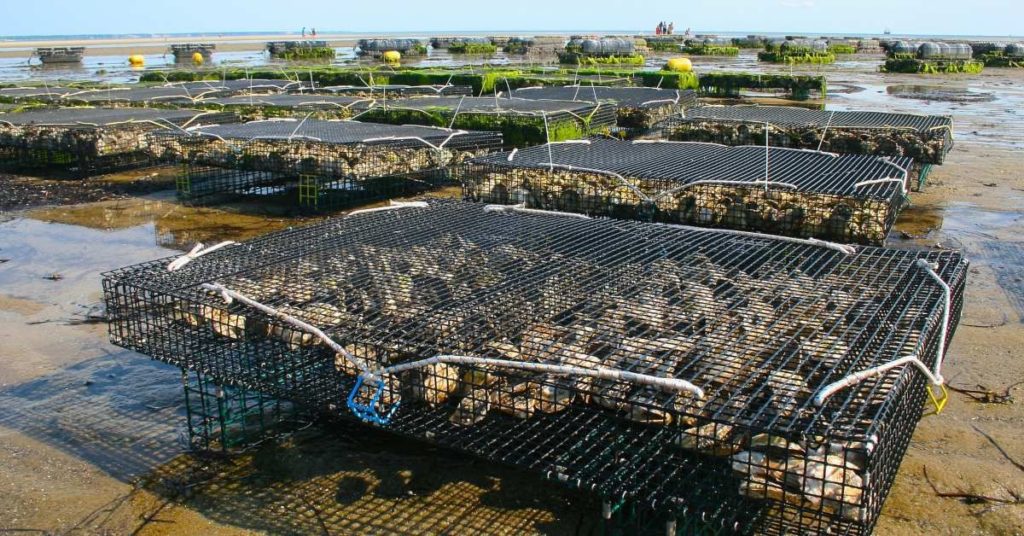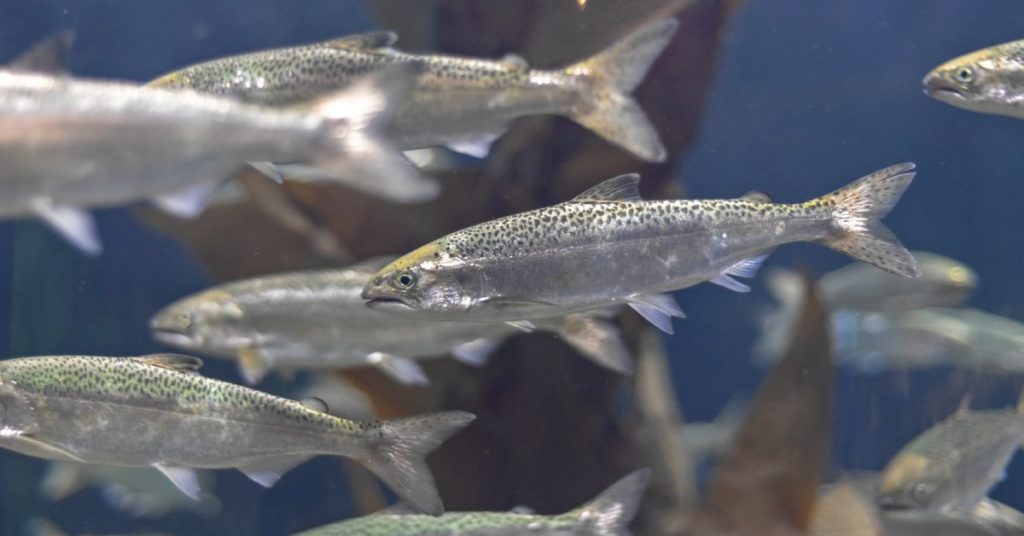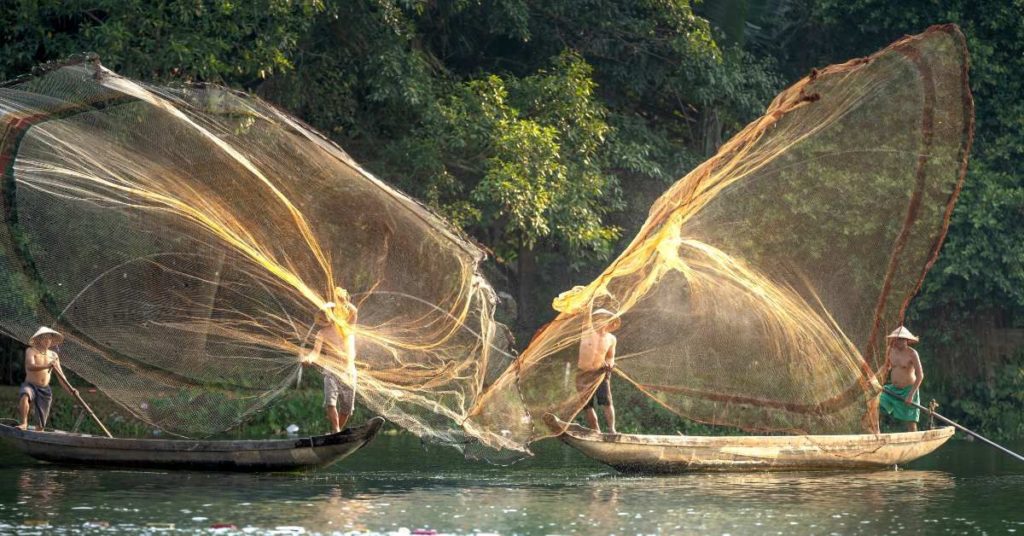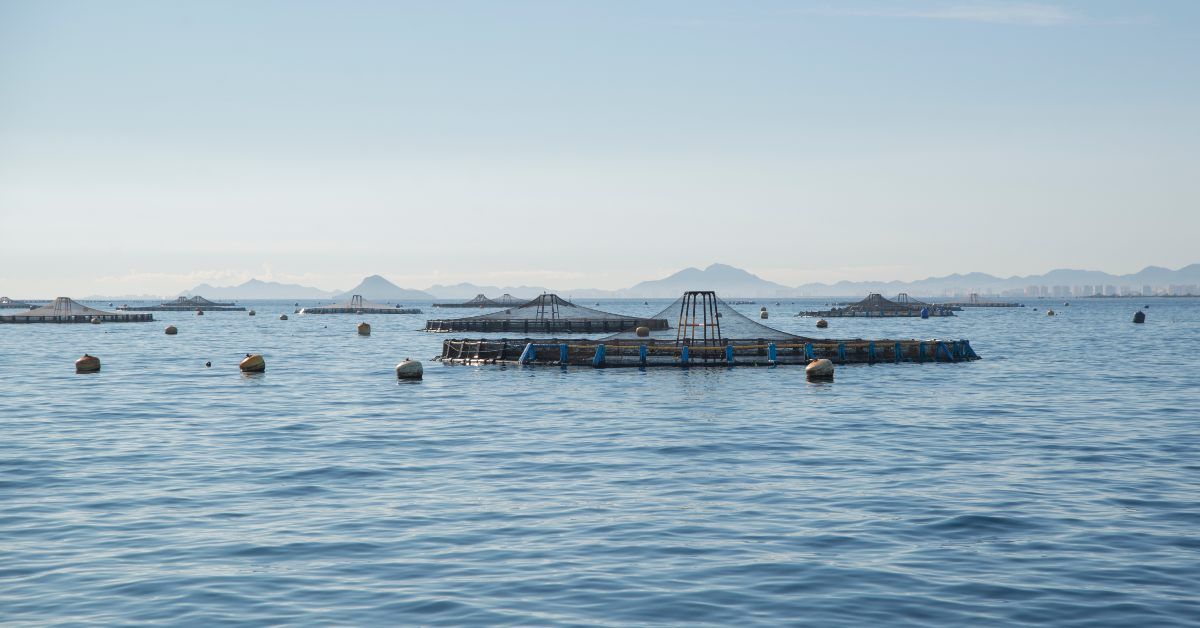Aquaculture is the farming of aquatic organisms, including fish, mollusks, crustaceans, and aquatic plants. Aquaculture systems are used to produce these organisms in a controlled environment. This comprehensive guide will explore the different types of aquaculture systems and their benefits and drawbacks.
Aquaculture was first developed in China about 4,000 years ago. Since then, the practice has spread to all continents. Today, aquaculture accounts for about half of all the world’s seafood production.
Commercial aquaculture (or “fish farming”) has seen significant growth in recent years. The FAO reports that the industry was worth an estimated $153.3 billion in 2016, and this is only expected to continue growing in the years to come.
Types of Aquaculture
Aquaculture is a broad term that encompasses all types of aquatic animal farming.The products include food for human consumption, bait for commercial fishing, caviar (eggs from sturgeon), ornamental fish (live rock) for aquariums.
The three types of aquaculture systems are land-based, freshwater, and saltwater. Each type has its own specific benefits and drawbacks.
Land-based systems are generally less expensive to build but are more vulnerable to environmental variations. Freshwater systems can be more productive but typically require more expensive technology. Saltwater systems can be very productive but are the most expensive to build and operate.
Land-based Aquaculture
Land-based aquaculture is a form of agriculture that takes place on land. In land-based aquaculture, fresh water is pumped from a river, lake, or groundwater source into an artificial pond or tank. The water is then used to raise fish, shrimp, or other aquatic organisms.Aquaculture is the farming of aquatic organisms, such as fish, mollusks, crustaceans, and aquatic plants.This type of aquaculture has many advantages over traditional marine-based aquaculture. For example, land-based systems are less susceptible to diseases
Freshwater Aquaculture
Freshwater aquaculture is the farming of fish, crustaceans, molluscs, and aquatic plants in freshwater. It is an important food production sector in many countries, especially those with limited land resources.

Saltwater Aquaculture
Saltwater aquaculture is the farming of marine organisms, such as fish, crustaceans, and mollusks, in salt water. It is an important food production sector in many countries and provides employment for millions of people.
The main species of fish that are farmed in salt water are shrimp, salmon, tilapia, catfish, and carp. The most common crustaceans are shrimp and crabs. Oysters, clams, mussels, and scallops are the most common mollusks.
The main advantages of saltwater aquaculture over freshwater aquaculture are the ease of control over water quality and the low cost of production. This makes it a more attractive business proposition than freshwater aquaculture, especially for inland areas that have no access to fresh water.
Salinity levels in saltwater aquaculture can be maintained by changing the rate at which seawater is added to a system. This means that there is no need for pumps or other expensive equipment, and this method is used on most saltwater farms around the world.
Saltwater aquaculture is a rapidly growing industry, and is currently the fastest-growing food production sector in the world. The global value of saltwater aquaculture production was estimated to be $99.3 billion in 2016, and is projected to reach $143.8 billion by 2023.
The Benefits Of Aquaculture
The benefits of aquaculture are numerous. Aquaculture can help to meet the growing demand for seafood, which is expected to increase by 20% by 2030 according to FAO. It can also help to reduce the pressure on wild fisheries, and can provide a sustainable source of protein for humans.
But it has its own problems. It can damage ecosystems, such as the seafloor, through bottom trawling and other techniques. It can also be destructive to wild fish stocks, by breeding disease or competing with them for food.
Aquaculture companies are trying to reduce these risks by breeding more sustainable species and farming them in closed systems that don’t require feed from the wild. They have been using a method called selective breeding to create hardier fish. This is not genetic engineering, but rather an age-old way to improve subsequent generations of animals.

Aquaculture can also help to preserve wild fish populations by reducing the demand for them. The world’s fisheries are already in trouble, with overfishing and habitat destruction causing declines in fish populations. Aquaculture can help reduce pressure on wild fish stocks by meeting the growing demand for seafood with cultivated species.
Sustainable types of aquaculture are a key component of an overall strategy to maintain healthy fish populations and ocean ecosystems. Farmed seafood can be a healthy alternative to wild-caught fish and can provide important economic benefits to local communities.
The Challenges of Aquaculture
The challenges of aquaculture and the ocean farming industry are many and varied. The most significant challenges are environmental, economic, and social. Aquaculture can have a negative impact on the environment if not done properly. It can also be expensive and risky to set up and operate a fish farm. And there are concerns about how fish farms can impact the local communities where they are located.
Environmental Impact
Some types of aquaculture can have a negative environmental impact due to the use of antibiotics, feed additives, and pesticides. As the industry grows, there is a risk of environmental damage due to:
- Increased amounts of effluent and pollution.
- The escape of farmed fish into the wild.
- The spread of disease from farmed fish to wild populations.
- Contamination from sea lice.
Farmed salmon can cause other problems such as competition for food with other species and habitat destruction by predators. Salmon farms have been accused of contributing to declines in sea otters
Certain types of aquaculture practices are susceptible to disease outbreaks, which can lead to significant losses. There are ways to mitigate this risk, but it’s something that a fish farmer must stay on top of at all times.
Sustainability
The high demand for seafood has led to overfishing in many parts of the world, with some fish stocks being pushed to the brink of extinction. The fishing industry has also caused destruction of natural habitats and introduced invasive species into new ecosystems.
In addition, aquaculture operations produce a great deal of waste that can pollute the surrounding water. These operations are also responsible for contributing to climate change through their use of fossil fuels and carbon dioxide emissions from livestock feed production.

In Asia, the production of fish and shellfish through aquaculture is estimated to have reached nearly 9 million tons in 2013. China produced about 7.3 million tons, followed by India with almost 1.7 million tons. Indonesia, Vietnam, Japan, Bangladesh and Myanmar were also important producers. In Africa, aquaculture of Nile perch in Lake Nasser has become a major economic activity for rural communities along the lake shores and canals; providing an estimated 2200 jobs in Egypt alone
Final Thoughts on Types of Aquaculture
There are many different ways to farm aquatic life, each with its own specific pros and cons. In this article, we explored the three general types of systems. Each one has its own unique benefits and drawbacks. In order to decide if aquaculture is the right choice for your situation, it’s important to learn about all of the different systems available
We will be releasing more information on this topic in the near future, so be sure to follow our blog for updates.
ALSO READ: Are Salmon Saltwater or Freshwater Fish?

